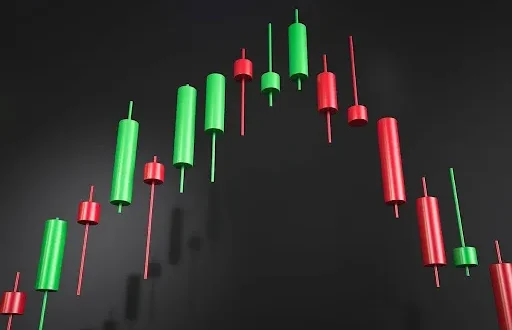If you’ve traded long enough, you know the rush. A green candle explodes upward, a breaking headline flashes on your feed, and before you even think, your finger’s already clicked buy. Sometimes you get lucky. Most times, not so much.
Impulse in trading isn’t just a little bad habit, it’s a slow leak in your account. The real trick isn’t pretending you’ll never feel it. The trick is learning how to control it. That’s where Stockity trading account steps in.
Why Impulsive Trading Happens
Markets move fast. And our brains? They’re wired to react fast. That fear of missing out, FOMO, cranks the urge even higher. You see a move and think, If I wait, I’ll miss it. It feels decisive in the moment, but it’s usually reckless.
Impulse happens when emotion drowns out logic. Recognizing it is the first step. Building an environment that helps you slow down is the second.
How Stockity Calms the Urge
Most advice about avoiding impulse sounds vague: Be patient. Be disciplined. Easy to say, tough to do when a chart is flying.
Stockity handles it differently. It gives you structure. Stop-loss and take-profit settings, risk limits, and alerts, all tools you set before emotion kicks in. Once your guardrails are in place, the sudden urge doesn’t have as much room to take over.
Even the design helps. A cluttered interface makes impulsive clicks more likely because you’re overwhelmed. Stockity’s clean, simple layout clears the noise. You focus on what matters instead of fumbling through tabs in panic.
The Hidden Cost of Acting Too Fast
Every impulse trade has a price. Sometimes it’s money lost. Sometimes it’s the better entry you skipped by rushing. And sometimes, it’s worse, the mental toll. Regret, frustration, that shaken sense of confidence. Those last ones linger. They creep into your next trades and make you doubt yourself.
That’s why Stockity’s trade history matters. You can review every click in detail, spot the patterns behind your impulses, and see where things went wrong. Maybe you notice you always jump in too quickly after news. Or maybe you bail on winners too soon. Once you see it laid out, you can change it.
Turning Impulse Into Insight
Here’s the truth: impulse isn’t always useless. Sometimes it’s intuition poking you. The danger is when it goes unchecked.
Stockity gives you a way to test those hunches. Wondering if your quick-entry idea on gold has legs? Run it through backtesting. Curious if buying the first spike in oil would work as a system? Simulate it before risking cash. That way, instincts aren’t ignored, they’re filtered through data. Impulse becomes insight.
Discipline Is a Skill, Not a Trait
A lot of people think discipline is something you’re born with. You either have it, or you don’t. Trading proves otherwise. Discipline is a skill you build, and like any skill, it gets stronger with practice.
Stockity helps build that muscle. Reminders, alerts, analytics, and risk settings, it’s like the platform nudges you toward smarter habits. Not in a controlling way, but in a supportive way. Over time, your trades feel less rushed and more intentional. That’s discipline in action.
Slowing Down to Go Further
Here’s a funny paradox: the traders who last aren’t the fastest. They’re the ones who pause. Who check their model before they act. Who breathe before they click.
Stockity trading account supports that kind of rhythm. It doesn’t blunt your edge, it sharpens it by making sure your decisions come from clarity, not panic.
Escaping the Impulsive Cycle
The cycle is all too familiar: jump in, regret it, swear you’ll do better, repeat. It takes more than just willpower to break out. It involves creating an atmosphere in which making snap decisions is more difficult and forming positive habits becomes second nature.That’s the edge Stockity gives you.
Trade smarter, not faster. Start with Stockity today and leave the impulsive cycle behind.
 Somoy Media All Time Information
Somoy Media All Time Information



